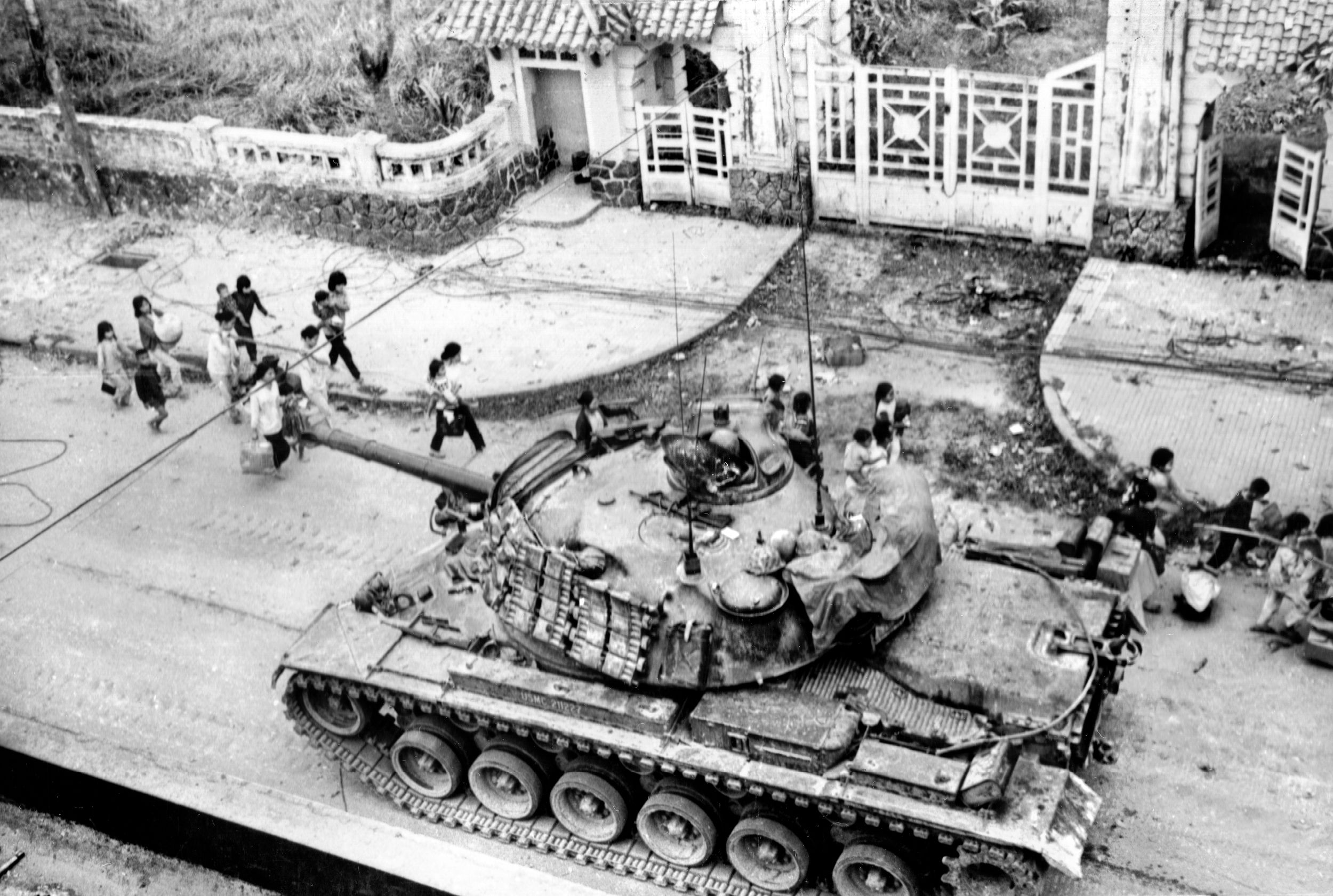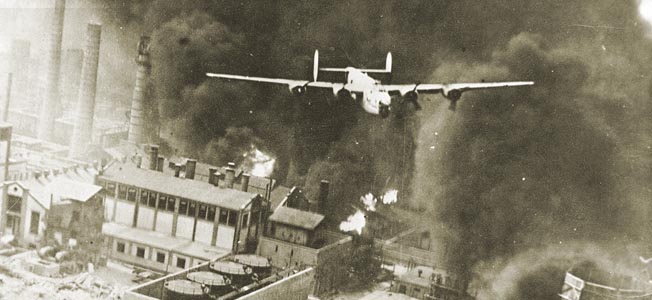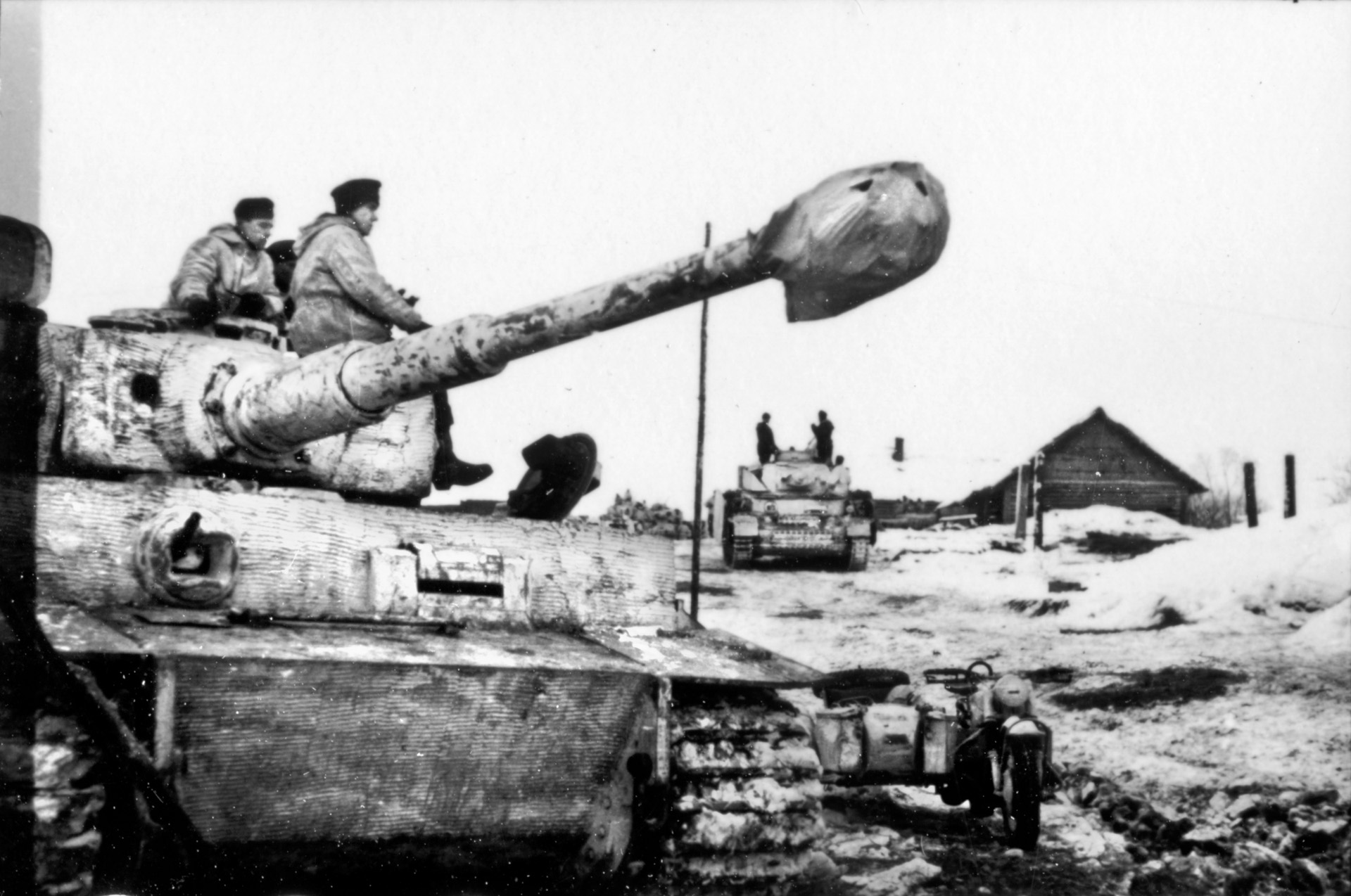By Christopher Miskimon
Soviet forces occupying Afghanistan in March 1986 during the Soviet-Afghan War sought to annihilate a large force of Afghan Mujahedeen fighters that had sheltered in Xadigar Canyon in Kandahar Province. Lt. Col. S. Pyatakov, who had received intelligence reports indicating that the Mujahedeen had large weapons and ammunition caches in the remote area, planned to spearhead an assault with his Spetsnaz Special Forces to eradicate the threat.
Pyatakov first ordered a squadron of SU-25 ground-attack aircraft to sweep the canyon. He then unleashed a thundering barrage from an entire battalion of 122mm D-30 howitzers. Next, a group of Spetsnaz soldiers arrived in helicopters just as the artillery fell silent. They deployed swiftly in order to go into action before the Afghan fighters could reoccupy their defenses. Two motorized rifle battalions and an artillery battalion also participated in the lightning assault.
The Spetsnaz had incredible firepower at their disposal in the form of the ZSU-2-4 self-propelled, anti-aircraft guns, which laid down curtains of 23mm cannon fire to suppress those enemy fighters who remained able to resist. Each gun could destroy a prospective strongpoint, allowing the Spetsnaz to approach it in relative safety. When it was all over, Pyatakov reported to his superiors that his troops had killed 20 mujahedeen and destroyed large amounts of enemy weapons and equipment.
Originally designed as a close-in air defense weapon during the Cold War, the ZSU-23-4 never got its chance to shoot down NATO warplanes on the plains of Europe during a third world war between the Soviet bloc and NATO. Instead, it served around the world in local wars and proxy conflicts of the superpowers; occasionally in its intended role, but more often as a fire support weapon for ground troops.
The gun excels in this role, and therefore is still in service in many countries today. Although deemed obsolete for modern high-intensity battlefields, the ZSU-23-4 nevertheless strikes a balance of firepower, accuracy, and utility that makes it extremely useful in many conflicts. The vehicle easily remains the most popular and widely distributed self-propelled, anti-aircraft gun in the world long after it has gone out of production.
Like many of today’s most widely used weapons, the ZSU-23-4 originated in the Cold War arms race that began in earnest in the 1950s. During that period, the Soviets fielded the ZSU-57-2, which carried a pair of 57mm guns. But the design quickly became obsolete, even though it continued to see use through the 1970s. To replace it, Soviet designers developed a pair of ZSUs, one carrying a pair of 37mm guns and another with four 23mm cannon. In order to down jet aircraft and helicopters, these vehicles needed radar for fire control and had to be capable of all-weather operations.

The Soviets tested the two ZSUs side by side and found the 23mm version had twice the kill ratio despite its shorter range. Subsequently, Soviet forces adopted it in 1962 as the ZSU-23-4. They named the vehicle Shilka after a left tributary of the Amur River that forms the border between the Russian Far East and Northeastern China. After further refinement the vehicle entered Soviet service in 1965. At the time, it was the most advanced mobile anti-aircraft system in the world.
The Soviets designed the ZSU-23-4 as a lightly armored tracked vehicle capable of protecting its crew from small-arms fire and artillery fragments. The heart of the vehicle was its cannon and radar system. The quad-mount 23mm guns had a rate of fire of 850-1,000 rounds per minute for each gun for a total maximum rate of 4,000 rpm. Its ammunition was used in belts of 40 high-explosive rounds and 10 armor-piercing rounds. While serving in an anti-aircraft mode, it had a maximum effective range of up to 1.5 miles. When firing at ground targets, the rounds could travel 4.3 miles.
The ZSU’s RPK-2 Tobol radar system could detect targets as far as 12.4 miles away and could lock onto and track moving targets at half that range. For low-altitude targets the radar works in conjunction with an optical system which provides up to six times magnification. The crew could also use the optics when the enemy was employing counter-radar systems for targeting or when the crew wanted to conceal the vehicle’s position by not emitting radar waves.
A Shilka crew can fire its cannons in three different modes. In the optics-only mode, the crew tracks targets and fires manually. When using radar-only mode, the computer calculates the target’s range, elevation, and azimuth and aims the cannon. The radar-only mode is the best method for engaging low-flying, fast-moving enemy aircraft.
In the combined radar and optical mode, the radar provides the range to target while the gunner uses his optics to determine elevation and azimuth. Even with the gunner’s input, the computer still aims the cannon. This has proven to be the best mode against slow-moving targets.
When the radar is in use, the memory will continue to track aircraft that flew behind an obstruction for eight to 10 seconds, projecting its flight path so it can reacquire the target when it reappears. In the 1990s, the Russian Federation upgraded the ZSU-23-4 giving it improved electronics and digital systems to improve its capabilities. This improved accuracy and lowered the amount of ammunition needed to engage targets by as much as 90 percent.
Although this combination of gun and radar put the weapon system far ahead of any comparable NATO systems at the time, it has its share of drawbacks. The radar is sensitive and often picks up false signals against fast, low-flying aircraft. Moreover, the weapons system has considerable difficulty tracking supersonic planes for more than short periods, and it lacks a laser rangefinder to aid in aiming at stationary or ground targets.
Operators also have found that the guns are susceptible to overheating or continuing to fire after the gunner had released the firing mechanism. To correct this problem, the Russians introduced a water-cooling system. Despite all of this, a well-drilled crew can carry out the ZSU’s acquisition and firing battle drill, and place rounds on target, in just 25 seconds.
To counter this threat, NATO has trained its attack helicopter pilots to expose their aircraft for no more than 30 seconds, which allows their long-range munitions, such as the TOW and Hellfire missiles, to strike from outside the Shilka’s effective range. NATO pilots also try to fly no more than 30 feet above their cover or concealment. Western military doctrine also calls for distracting the ZSU crew by various means so that artillery or aircraft can destroy it.

The Soviet Army initially organized its ZSUs into separate air defense battalions that it distributed to infantry and armor units as needed. But they eventually integrated the vehicles into the air defense batteries that were organic components of each tank or motor rifle regiment. On the battlefield, the Shilkas typically follow the head of the armored column by 500 yards, which gives their crews protection from enemy tanks and anti-tank missiles while remaining close enough to the battlefront to engage enemy aircraft.
The Soviet Union built 6,500 ZSU-23-4s before production ceased in the early 1980s. As with most Soviet-era armored vehicles the Shilka soon found its way into the armies of the Warsaw Pact and client states around the globe. Poland received 150 while East Germany took possession of 100. Other Eastern European countries operated them as well. Egypt and Syria bought Shilkas to serve alongside their older ZSU-57-2s, while India bought 100 of the vehicles in the 1970s. They are also used by some countries in Africa, Asia, and South America.
The first major combat for the Shilka came during the Yom Kippur War in October 1973. After its defeat in the Six-Day War in 1967, Egypt rebuilt its forces with the most modern vehicles they could obtain, including the ZSU-23-4. Arrayed Soviet-style just behind the leading elements, they helped down 10 Israeli aircraft the first day.
The Syrians also acquired the Shilka and integrated it into their own air defenses, assisting in the downing 30 Israeli planes. Determined efforts to reduce these air defenses paid off and soon the Israelis achieved air superiority. Still, the Israeli Air Force estimated that a quarter of its losses during the conflict were from ZSU-23-4 fire.
Soviet forces relied heavily on the Shilka when they invaded Afghanistan in 1979. Although Russian troops in Afghanistan experienced no air threat to counter with their Shilkas, they used its cannon in a direct fire role. The Shilkas proved particularly effective not only against Mujahedeen personnel, but also enemy light utility vehicles. The Russians even developed an Afghanskii variant of the vehicle in which they removed the radar and installed night-vision equipment and doubled its ammunition capacity to 4,000 rounds.
The Russians relied heavily on the Afghanskii to escort convoys. Afghan mujahedeen fighters often ambushed Russian forces from high cliffs overlooking the roads. While most armored vehicles could not elevate their guns high enough to engage the enemy, the Shilka could easily do so. In such situations, the Shilka gunners pelted Afghan fighters with high-explosive rounds.

The Afghan resistance eventually learned to deploy rocket-propelled grenade teams against the lightly armored Shilkas. They devised a tactic whereby one RPG team would draw fire from the Shilkas while a second RPG team fired on the vehicle from a different direction.
The Russians applied the lessons they learned from using Shilkas in Afghanistan to the Chechen wars in the 1990s. Early in the conflict they lost many armored vehicles to RPG fire from Chechen irregulars during the Battle of Grozny in the First Chechen War.
Chechen fire teams armed with RPG-7s and RPG-18s typically took up positions in the upper stories of large buildings in order to fire down on Russian tanks and armored personnel carriers. After their initial assault on Grozny failed, the Russians reorganized before resuming the assault on the city. They integrated ZSU-23-4s into their armored columns to take advantage of their high-angle firing capability.
Iraqi forces used Shilkas during the Gulf War in 1991. The Iraqis used the vehicles in their defense of Kuwait only to see them destroyed by the U.S.-led Coalition’s air and ground forces. The Iraqis kept them in service, though, and many were present 12 years later during the Iraq War. In one memorable incident, a UAV fired a Hellfire missile that knocked out a Shilka near Al Ammarah. This was the first confirmed target killed by a UAV in Iraq.
Despite its growing obsolescence, the ZSU-23-4 is so widely used that Russian contractors are often hired to update their weapons and radar. Most significantly, the Russians have developed an improved version of the Shilka that boasts a pair of 9K38 surface-to-air missiles in addition to its cannon. The Polish Army has launched a similar upgrade program for its own vehicles using the Grom missile, while the Indian Army has improved the engine and installed new electronics and radar.
One of the most interesting variants is the Ukrainian Donets. This design mates the turret of the ZSU-23-4 with the hull of the T-80 tank. To further improve the vehicle, the Ukrainians have installed 9K35 missiles on it. The Ukrainians built the Donets variant at a former Soviet factory they possess in Kharkov. Many nations, though, still operate the Shilka in its original form.
Unlike some other Soviet-era armored vehicles, the ZSU-23-4 has proven an overall success despite its drawbacks. It is still used in approximately 30 countries and is seen on battlefields in Syria, Yemen, and the Ukraine. In these conflicts, Shilkas are almost always used in ground attacks against enemy troops, indicating their continued utility in that role.
The Russians still operate the Shilka, although claiming to have replaced it with the 2K22 Tunguska self-propelled, surface-to-air gun and missile system. One thing is for certain, though. The ZSU-23-4 will continue to appear on battlefields around the globe for decades to come.









Join The Conversation
Comments
View All Comments